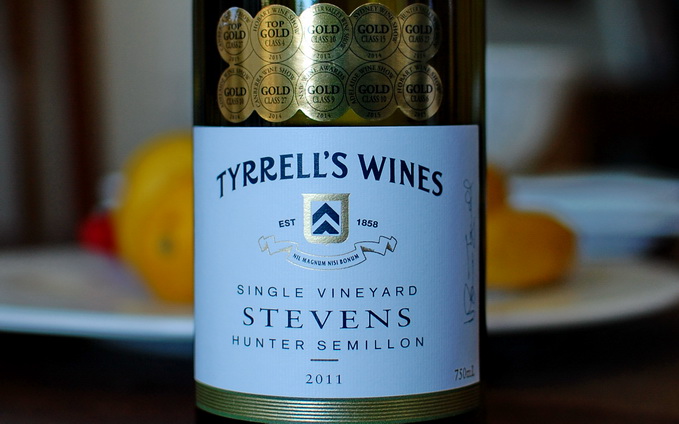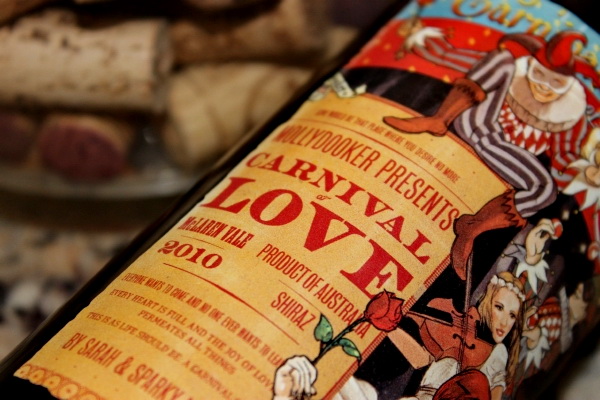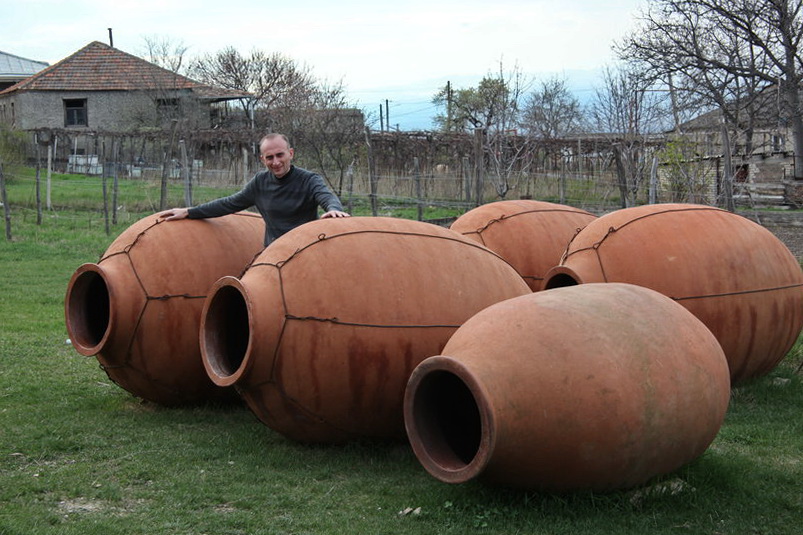The trick is knowing them, and confronting them
When it comes to tasting and reviewing wine, we all have blind spots. So says Matt Kramer at the Wine Spectator, and adds: ‘I frequently see one such blind spot among fanciers of Cabernet Sauvignon who just can’t wrap their heads, and thus their palates, around the particular beauty of Pinot Noir. Devoted to Pinot Noir as I am, I can’t see how they could possibly miss it. But they do.’
Some of my wine friends have accused me of having a blind spot with Hunter Semillon, or with Shiraz. I’m not so sure they’re blind spots, which make you miss important things; I think it’s more about the likes and dislikes we all have, and the prejudices we have about wines or wine styles.
Right or wrong, we all have our Ideas
Most of us have collected a set of reference points about wine styles over the years. For example, I have a clear idea of what I look for in an Aussie Rieslings or in a Cabernet Merlot, but another reviewer will have a different idea, because we’ve all gone to different schools and travelled different roads to learn about wine.
‘I increasingly meet fanciers of California Pinot Noir,’ says Kramer, ‘especially those wines with lush, intense fruit, actively rejecting red Burgundies as being too thin, too light and too acidic. Talk about a blind spot.’ I’d say that we’re really talking about preferences here: many of us love the lush, ripe Pinots that are made in the new world, from Oregon to Otago, and have trouble with Burgundies that can come across as mean and anaemic by comparison.
Semillon and Shiraz, our workhorse grapes
Yes, almost all of our table wines were made from these two varieties until the 1970s, from the Hunter River to the Swan Valley. Then the ‘noble’ Cabernet Sauvignon pushed Shiraz off the stage for a while, and Chardonnay became the champion white.
My blind spot about Shiraz comes down to a dislike of the busty, alcoholic Barossa fruit bombs that are all the rage. I have a preference for the more elegant, peppery, spicy cool climate styles. My blind spot with Hunter Semillon has more angles to it, as I explained to a good friend just this week:
- I haven’t tasted any Hunter Semillons in years that reached the sublime heights of the ones Karl Stockhausen’s made for Lindeman’s in the 60s
- I’ve stopped buying good Hunter Semillons such as Tyrrells Vat 1 because they’re too expensive
- I’ve stopped buying young Hunter Semillons because they take 20 years to mature, and I’m not sure I’ll be around when and if they do.
The Power of Education
I reckon the great Hunter Semillons are flukes that emerge with great irregularity from a wine region that has little going for it apart from its proximity to Sydney. Wine men like Len Evans have educated thousands of eager young wine lovers to the virtues of Hunter Semillon, to the extent that they’ve developed a blind spot that makes them think any unripe, green and ugly young Hunter Semillon duckling will turn into an elegant swan given enough time. Most of them don’t. Now I’m expressing and opinion, not a preference.
Kramer says, ‘I struggle with Sherry as I simply don’t care for oxidized wines. Yet obviously oxidation is part of the very particularity and beauty of Sherry. It’s one of my biggest blind spots, I know.’ I suspect Matt missed out on that particular lesson, but he knows that and has no illusions about it. That’s the key.
Into the Unknown
For most of us, it comes down to what we’ve learnt, what we know, what we’re familiar with. That’s why we have courses in wine appreciation. When we run into new grape varieties such as Fiano or Teroldego, we struggle to get our tasting gear tuned to the unknown aromas. With unfamiliar wine styles such as the vins jaune du Jura or the Georgian wines made in giant clay pots, we’re driving without a map. We’ve lost our reference points, and we can’t appreciate these wines.
The most common reactions to unfamiliar things or people are dislike and ridicule.Wine reviewers are human, and none can claim to have perfect judgment. Knowing your likes and dislikes is key, and sharing them with your readers. I do that often, and I’m very generous when it comes to sharing my opinions I’m told.
Kim



